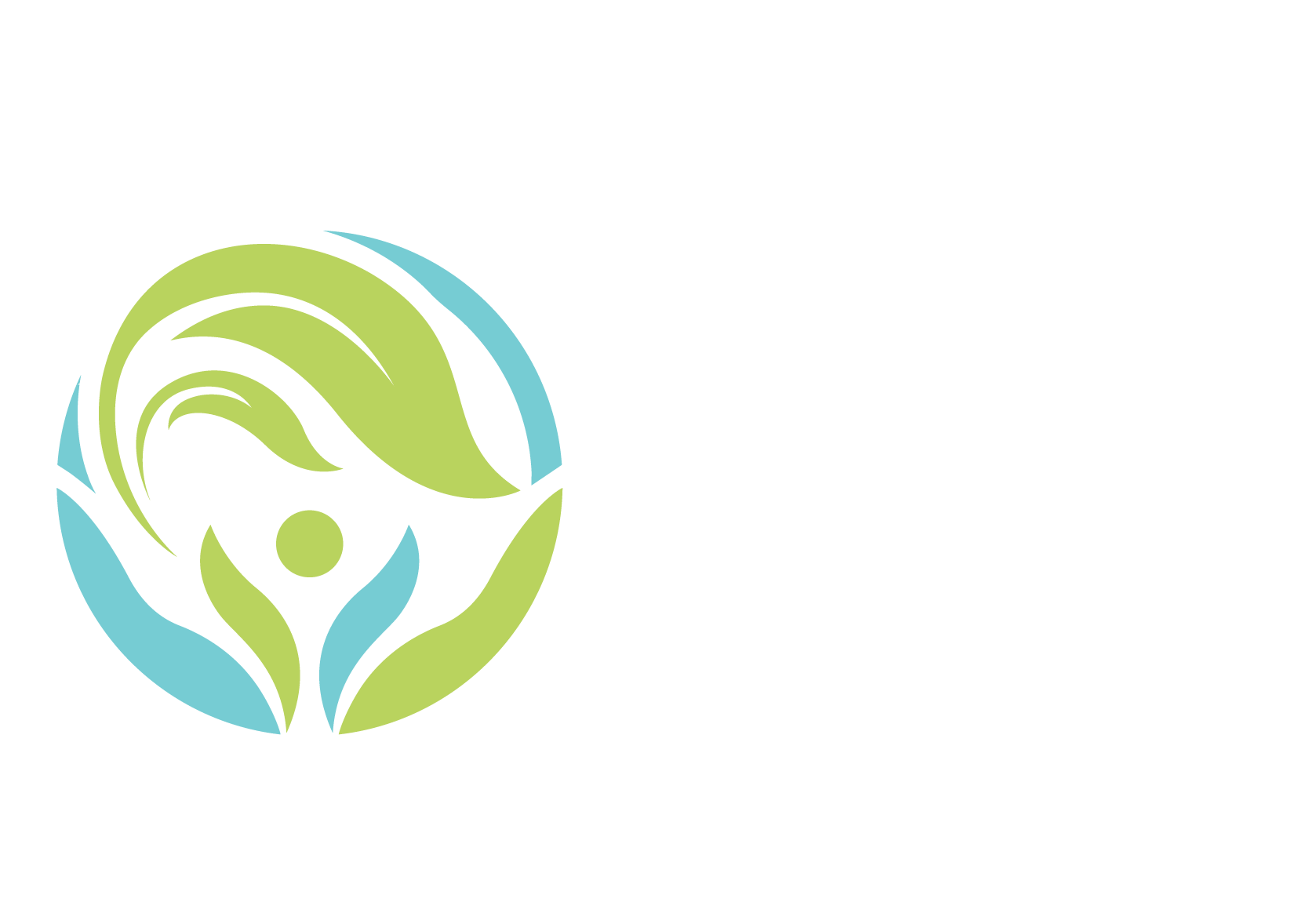Winterization
A Women Development Organization (WDO) with a focus on winterization aims to address the specific needs of women and vulnerable communities during the winter months. This includes providing support to mitigate the harsh effects of cold weather on health, well-being, and livelihoods. Here are key components and initiatives that such an organization might undertake in a winterization program:
Winter Clothing Distribution:
- Providing warm clothing, including jackets, scarves, hats, gloves, and boots, to women and families to protect them from the cold.
Blanket and Bedding Distribution:
- Distributing blankets, sleeping bags, and thermal bedding to ensure that women and their families can stay warm during the colder months.
Heating Support:
- Offering heating support through the distribution of fuel, electric heaters, or other heating devices to help families keep their living spaces warm.
Winter Shelter Programs:
- Establishing or supporting temporary shelters equipped for winter conditions, especially for homeless women and families, ensuring they have a safe and warm place to stay.
Energy-Efficient Stoves:
- Providing energy-efficient stoves to communities, helping them to cook and stay warm while reducing the environmental impact.
Winterization Kits:
- Assembling winterization kits that include essential items such as warm clothing, blankets, and heating devices, tailored to the specific needs of women and vulnerable populations.
Healthcare and Medical Services:
- Ensuring access to healthcare services, including medical check-ups, vaccinations, and the distribution of cold and flu medications, to address health concerns during the winter.
Livelihood Support:
- Implementing programs to support women’s livelihoods during the winter months, such as providing opportunities for indoor employment or training in winter-appropriate skills.
Winter Food Assistance:
- Distributing food items that are particularly suitable for the winter season, ensuring that women and families have access to nutritious and warming meals.
Emergency Response Planning:
- Developing and implementing emergency response plans specifically tailored for winter-related crises, including coordination with local authorities and other humanitarian organizations.
Community Awareness Campaigns:
- Conducting awareness campaigns to educate communities, especially women, about winter-related health risks and preventive measures.
Weather-Resilient Infrastructure:
- Investing in infrastructure that can withstand winter conditions, including reinforced shelters, proper insulation, and improved drainage systems.
Child and Women-Friendly Spaces:
- Creating safe and warm spaces for children and women, offering activities and support services to promote their well-being during the winter.
Winter Agriculture Support:
- Providing support to local farmers to adapt their agricultural practices to winter conditions, ensuring a continued food supply.
Monitoring and Evaluation:
- Establishing monitoring and evaluation mechanisms to assess the effectiveness of winterization programs and make adjustments based on feedback and changing needs.
Collaboration with Local Authorities:
- Collaborating with local governments and authorities to ensure a coordinated and comprehensive response to winter-related challenges.
Data Collection on Vulnerable Groups:
- Collecting data on vulnerable groups, such as elderly women, pregnant women, and single mothers, to tailor winterization support to their specific needs.
By addressing the unique challenges posed by winter conditions, a Women Development Organization contributes to the resilience and well-being of women and communities, ensuring that they can endure the colder months with dignity and security.
